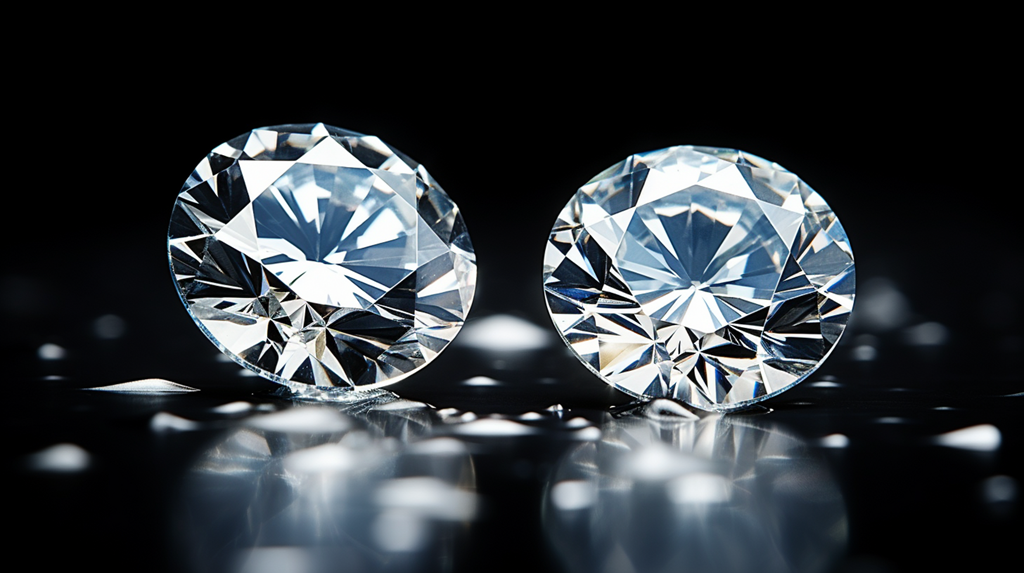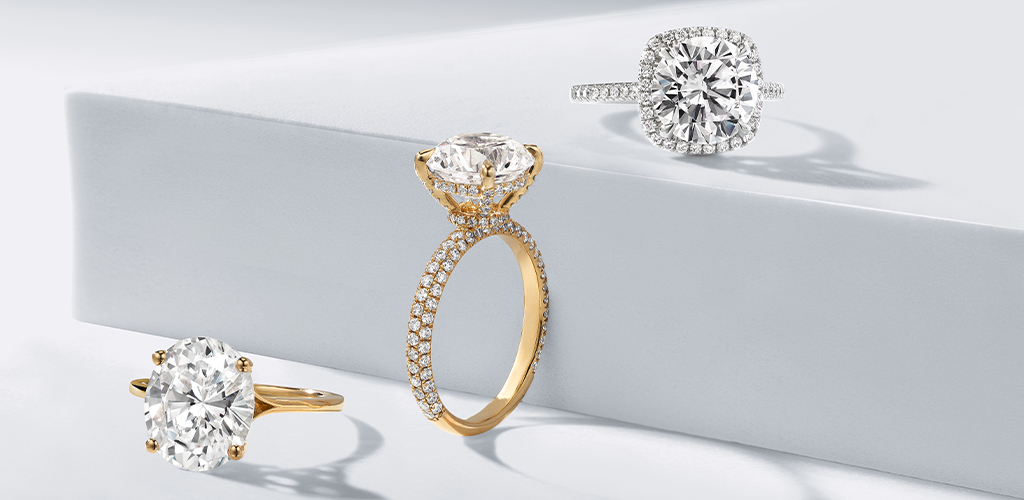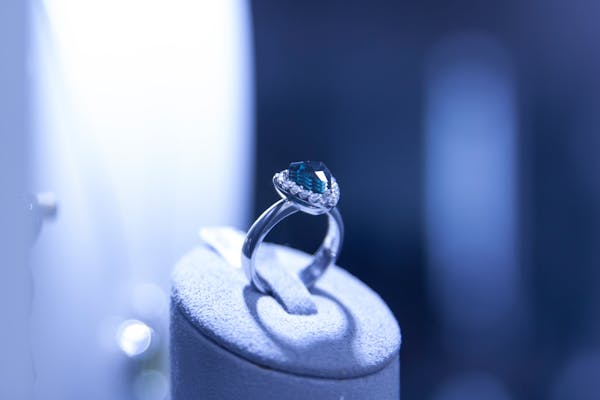Lab-grown diamonds have revolutionized the jewelry industry, offering a sustainable and budget-friendly alternative to natural diamonds. If you’re considering purchasing a lab diamond, this guide will walk you through everything you need to know—from their creation process to where to buy them and how to ensure you’re getting a high-quality stone.
Introduction to Lab Diamonds
What are lab diamonds? Lab diamonds, also known as synthetic or cultured diamonds, are grown in controlled laboratory environments rather than mined from the earth. They have the same chemical composition, crystal structure, and physical properties as natural diamonds.
How are lab diamonds created? Lab diamonds are produced using two main methods: High Pressure High Temperature (HPHT) and Chemical Vapor Deposition (CVD). Both processes simulate the natural conditions under which diamonds form beneath the earth’s crust, resulting in gem-quality diamonds.
Advantages of Buying Lab Diamonds
Lab diamonds offer several advantages over their natural counterparts, making them an attractive choice for many buyers.
Cost-effectiveness compared to natural diamonds One of the primary reasons people choose lab diamonds is their significantly lower price point compared to natural diamonds of similar size and quality. This affordability allows buyers to get a larger or higher-quality stone for their budget.
Ethical considerations Lab diamonds are conflict-free and do not involve the environmental and ethical concerns associated with diamond mining. For conscientious consumers, this ethical sourcing is a compelling reason to opt for lab-grown diamonds.
Quality and Characteristics of Lab Diamonds
Understanding the quality factors of buy lab diamonds ensures you make an informed decision when purchasing.
Clarity and color grades Like natural diamonds, lab diamonds are graded based on clarity and color. They range from flawless to included and come in various hues, from colorless to fancy colors.
Certification standards Reputable lab-grown diamond retailers provide certifications from gemological laboratories that verify the stone’s authenticity and quality. Look for certifications from recognized institutions such as the Gemological Institute of America (GIA).
Where to Buy Lab Diamonds
Online retailers Numerous online jewelers specialize in lab diamonds, offering a wide range of options and competitive prices. Look for retailers with positive reviews and transparent policies regarding returns, warranties, and certifications.
Physical jewelry stores Some traditional brick-and-mortar jewelry stores now offer lab-grown diamonds alongside natural diamonds. Visiting these stores allows you to view diamonds in person and consult with knowledgeable staff.
Factors to Consider When Buying Lab Diamonds
Several factors should influence your decision when purchasing a lab diamond.
Budget considerations Set a budget range and explore options within that range. Remember that lab diamonds offer flexibility in pricing, so you can find a stone that meets your specifications without exceeding your budget.
Customization options Many retailers offer customization services for lab diamonds, allowing you to choose the setting, metal type, and other design elements to create a unique piece of jewelry.
Popular Lab Diamond Shapes and Cuts
Round brilliant The classic round brilliant cut is the most popular choice for both lab-grown and natural diamonds due to its unparalleled sparkle and timeless appeal.
Princess cut With its clean, square shape and brilliant facets, the princess cut is another favored option among those seeking a modern yet elegant look.
Cushion cut Known for its romantic charm and vintage-inspired appearance, the cushion cut combines a soft square or rectangular shape with exceptional brilliance.
Comparison Between Lab Diamonds and Natural Diamonds
Physical properties Lab diamonds possess identical physical properties to natural diamonds, including hardness, brilliance, and fire. Only trained gemologists or specialized equipment can distinguish between them.
Long-term value While natural diamonds have historical and cultural value, lab diamonds offer comparable beauty and durability at a fraction of the cost, making them a practical choice for investment-minded buyers.
Customer Reviews and Testimonials
Real-life experiences Reading customer reviews and testimonials can provide valuable insights into the quality, service, and overall experience offered by different lab diamond retailers. Look for positive feedback regarding diamond quality, customer service, and the buying process.
Care and Maintenance of Lab Diamonds
Cleaning tips Maintain the brilliance of your lab diamond by regularly cleaning it with mild soap and warm water, using a soft brush to remove any dirt or residue. Avoid harsh chemicals or cleaners that could damage the diamond.
Avoiding damage While lab grown diamonds are durable, they can still chip or scratch if subjected to extreme force or impact. Store your diamond jewelry separately to prevent it from rubbing against other pieces and potentially causing damage.
Buying Process for Lab Diamonds
Step-by-step guide
Research: Understand the 4Cs (cut, color, clarity, carat weight) and determine your preferences.
Choose a retailer: Select a reputable retailer known for quality lab diamonds.
Select your diamond: Compare options based on your budget and desired specifications.
Customization: Explore customization options if you want a personalized piece of jewelry.
Certification: Ensure the diamond comes with a certificate from a reputable gemological laboratory.
Purchase and warranty: Review the retailer’s policies on returns, warranties, and after-sales service.
Tips for first-time buyers If you’re new to buying diamonds, consider consulting with a gemologist or knowledgeable jeweler who can guide you through the selection and purchasing process.




